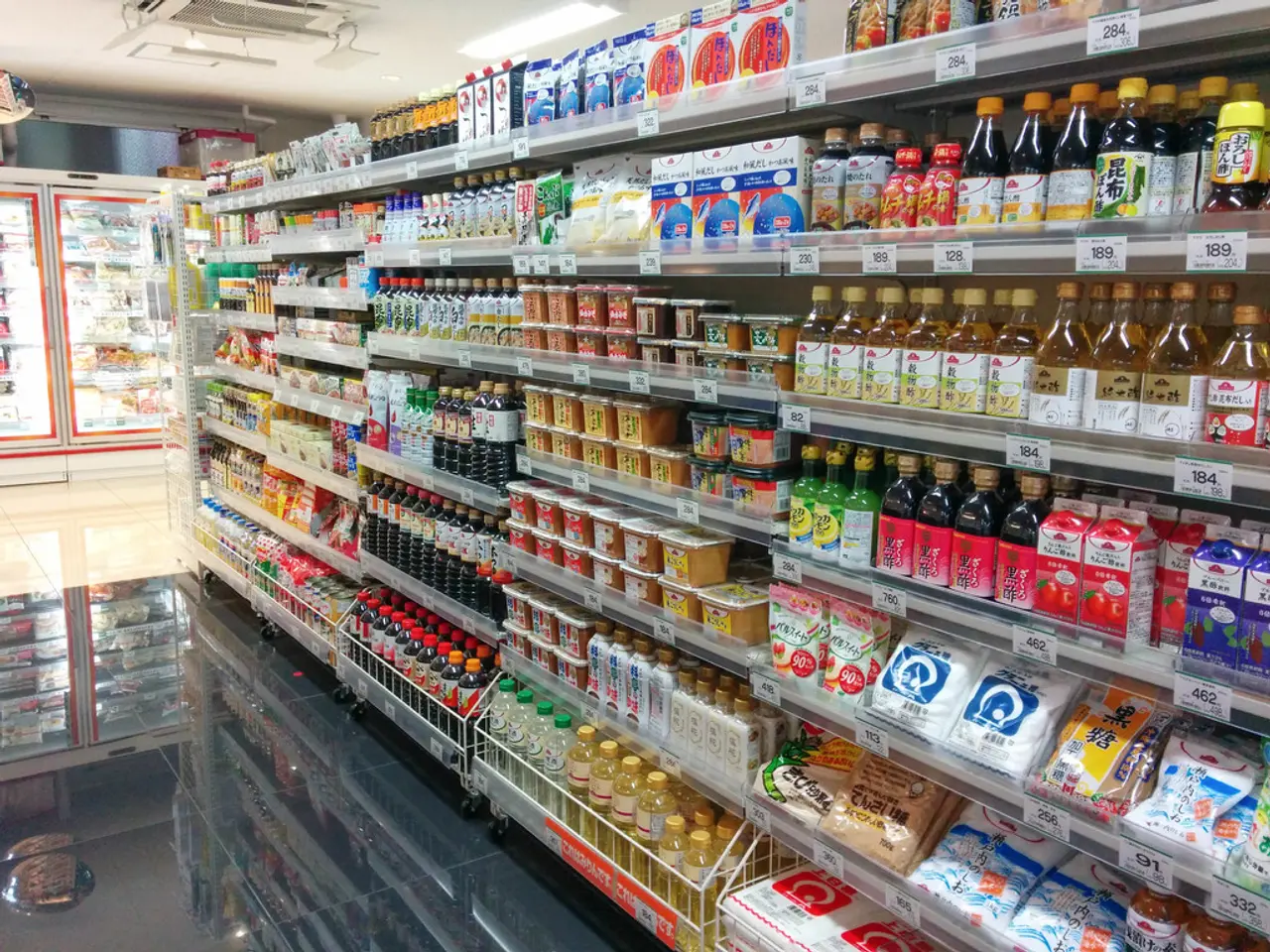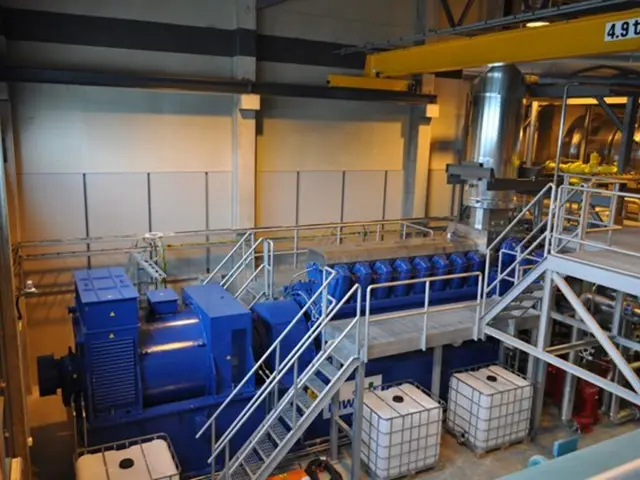Import volumes in the U.S. expected to plummet significantly in 2025 due to the impact of tariffs on trade
===================================================================
In a rollercoaster ride for the U.S. economy, container imports have shown signs of volatility in 2025, largely influenced by tariff policies.
According to the latest Global Port Tracker report from the National Retail Federation (NRF) and Hackett Associates, U.S. container imports surged sharply in July, reaching near-record levels. The surge, driven by importers frontloading shipments ahead of newly imposed tariffs, saw July 2025 imports hit about 2,621,910 TEUs, an 18.2% increase from June and 2.6% higher than July 2024. Imports from China increased 44.4% month-over-month, reflecting tariff-driven frontloading before trade policy changes took effect.
However, this July spike is not indicative of the full-year 2025 outlook. The report predicts a 5.6% decline in total U.S. import cargo volume at major container ports compared to 2024. This anticipated decline is attributed primarily to the negative impact of the new tariffs, which are raising consumer prices and causing importers to reduce volumes following the initial frontloading surge.
Retailers and supply chain experts warn that tariffs are causing sustained trade uncertainty and slowing economic activity by increasing costs, reducing business investment, and limiting product availability on shelves, especially affecting small businesses.
The tariffs contributing to this situation include recent escalations from the Trump administration and others enacted in 2025, such as the increase in “fentanyl” tariffs and revocation of duty-free exemptions for Chinese goods entering through international post, effective August 11, 2025. Overall, U.S. consumers face the highest average effective tariff rate since 1933, around 18.6%, which further pressures imports and supply chain dynamics.
Jonathan Gold, vice president for supply chain and customs policy at NRF, stated that fewer imports would mean fewer goods on store shelves, higher prices, and more strain on small businesses. In June 2025, major U.S. ports handled 1.96 million TEUs, down 8.4% from the previous year.
Hackett Associates' founder Ben Hackett described the current tariff policy as erratic, with "on-again, off-again tariffs" causing distortions in trade patterns. July 2025 volumes surged to an estimated 2.3 million TEUs due to retailers rushing goods to beat August tariff deadlines.
A separate report by BIMCO shows that U.S. tariff rates spiked to 26% in April 2025 before settling at 17.6% in August 2025. Steep year-over-year declines are forecast for the remainder of 2025, with the sharpest drop—21.1%—expected in November.
In summary, the combination of a short-term import surge due to tariff anticipation followed by a significant decline in overall volumes reflects a complex trade environment induced by tariff policy changes in 2025. The ongoing tariff saga continues to cast a shadow over the U.S. economy, with its impact on consumers, businesses, and the overall supply chain yet to be fully understood.
- The surge in U.S. container imports in July 2025, as indicated in the Global Port Tracker report, was largely due to importers frontloading shipments ahead of newly imposed tariffs, influencing the global trade industry.
- The container shipping industry is experiencing volatility in 2025, with finance and business aspects being significantly affected by the tariff policies, causing increased costs and reducing business investment.
- Theongoing tariff saga is causing sustained trade uncertainty and slowing economic activity, particularly in the business sector, as it raises consumer prices, limits product availability, and strains small businesses within the global supply chain.




